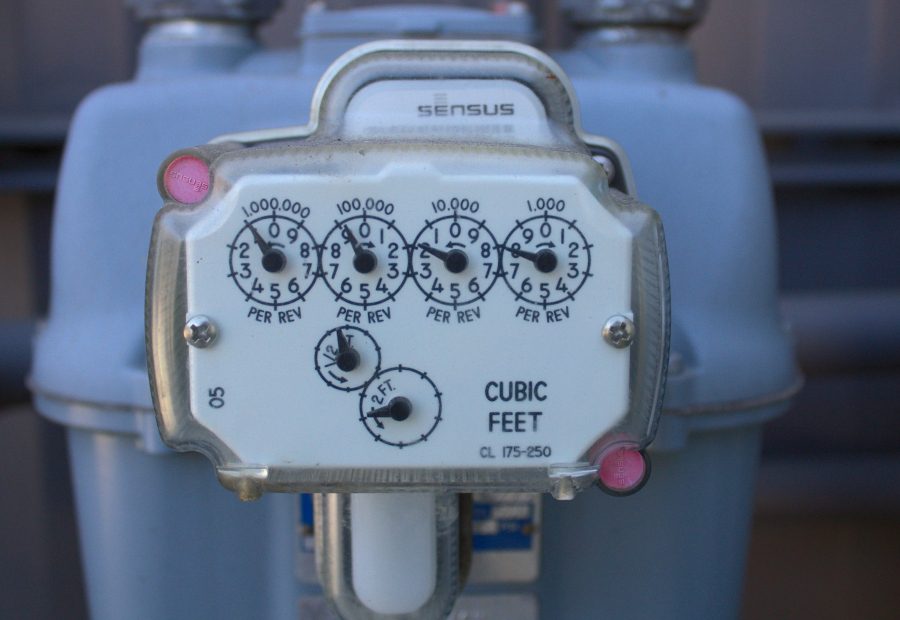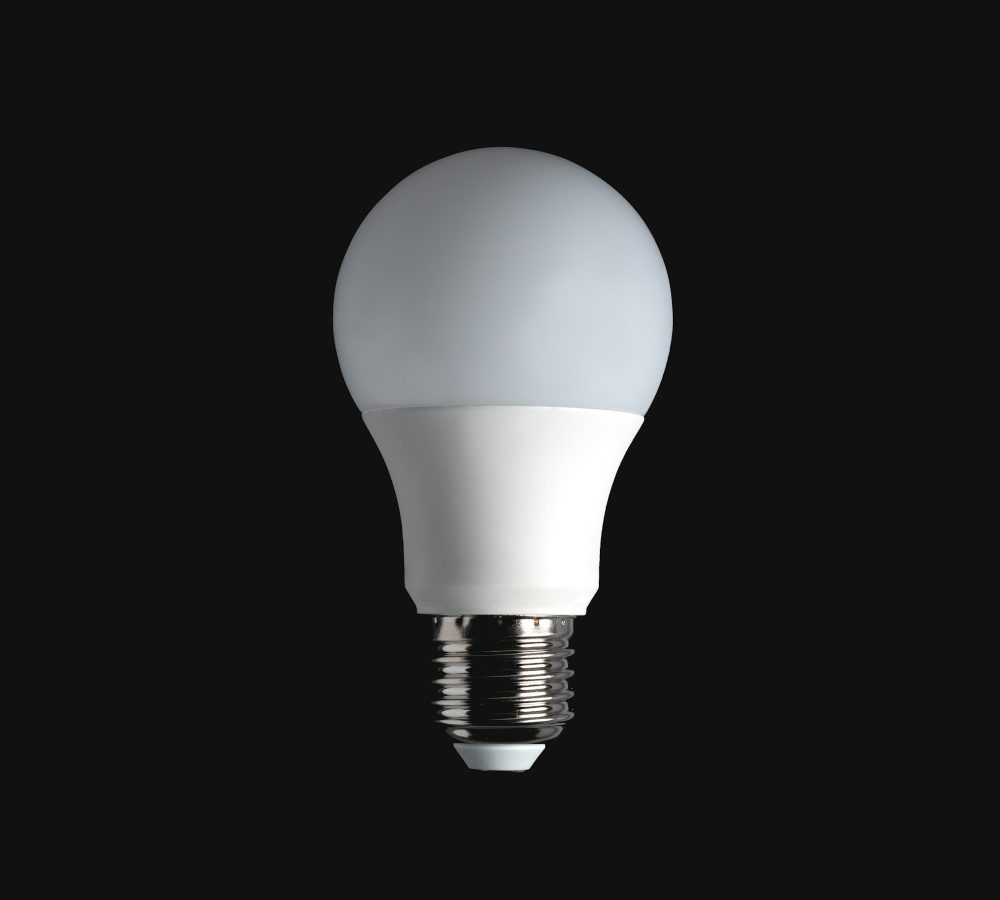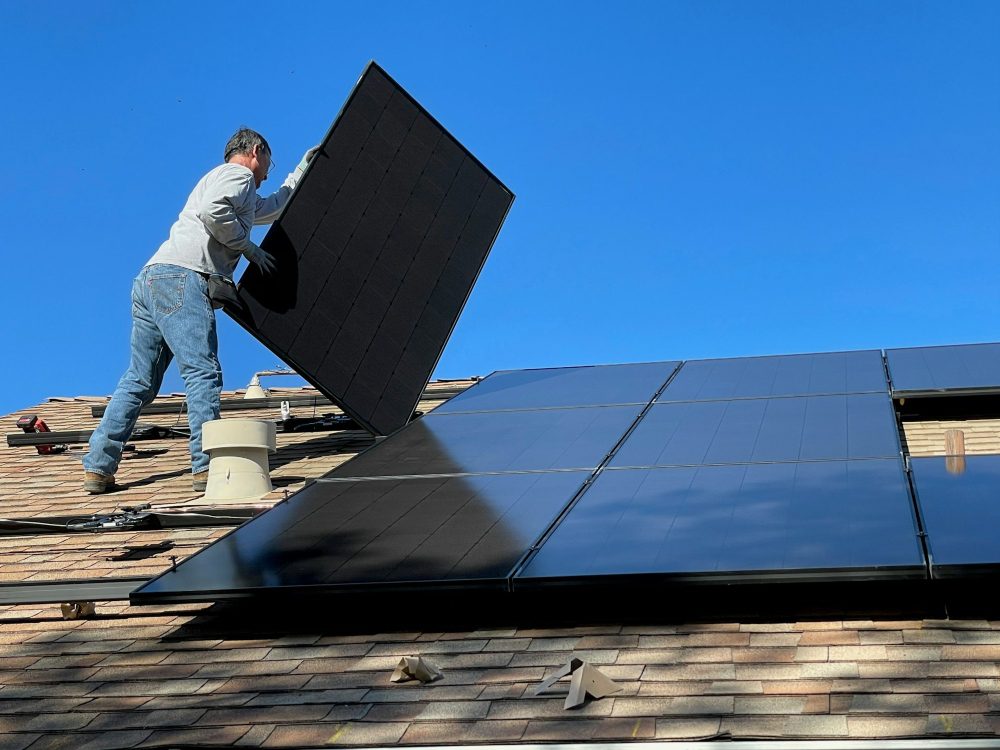Last Updated on October 21, 2025 by teamobn
Contents
- 1 9 Tips for Energy-Efficient New Builds
- 1.1 Prioritize Smart Design
- 1.2 Install Insulated Windows and Doors
- 1.3 Buy Efficient Heating and Cooling Systems
- 1.4 Install Energy-Efficient Lighting
- 1.5 Research Energy Providers
- 1.6 Install Solar Panels
- 1.7 Build with Energy-Efficient Materials
- 1.8 Install Energy-Efficient Appliances
- 1.9 Explore Unique Landscaping Options
- 2 Conclusion
9 Tips for Energy-Efficient New Builds
Energy costs are rising throughout the world. In 2023 alone, United States residents were forking out an average of 20% more for power. Germany was no different, as they were grappling with an average rise of 60% from just two years prior.
Sadly, we can’t change how much electricity companies charge us. Still, we can certainly change how much energy we consume. If you’re building a new home or renovating your current one, you may be able to reduce your energy costs in some of the following ways:
Prioritize Smart Design
It sometimes doesn’t matter how energy-efficient your appliances are or how much insulation your walls have, your home can use extra electricity when it doesn’t work in harmony with its environment and the elements. As a result, clever design can be crucial.
Smart design involves selecting the perfect site for a home to ensure minimal exposure to the weather and full access to the sun. It can even involve building orientation. Your builder should design your home to take advantage of seasonal sun angles. This can be especially important when you have solar panels installed.
Most installers recommend installation on the southern roof in the northern hemisphere and the northern roof if you’re south of the equator. The size and shape of your home are also considerations of smart design. Simpler building shapes are generally less expensive to build, seal, and insulate.
Install Insulated Windows and Doors
It’s easy to think that functional and well-made windows and doors are the ultimate goal. As long as they fit and open, that’s your job done. Believe it or not, single-glazed and inefficient windows and doors can sometimes be a burden on your electricity bill. We lose about 30% of our home’s heating through our windows. This means your heating and cooling units can work harder to keep your home at a comfortable temperature.
The good news is that you can likely turn that around with insulated windows and doors. Doors and windows with energy-efficient glazing can reduce the peak heating and cooling load, letting you enjoy better temperature control. Your heating and cooling units may also not need to work as hard, which puts less of a strain on your wallet.
Buy Efficient Heating and Cooling Systems
Most of us just want to be comfortable and dry, so we don’t always mind our heating and cooling units. However, the more efficient they are, the lower your electricity bills may be. And that means more money you get to keep in your wallet. When the time comes to plan the type of systems you want to use, keep the climate in your thoughts. There are plenty of options to add to your essentials list, like:
- Air conditioning units
- Radiant cooling
- Evaporative coolers
- Active solar heating
- Electric resistance heating
- Radiant heaters
The Department of Energy also considers heat pumps to be one of the most energy-efficient alternatives to furnaces and air conditioners. If you’re unsure which option to pick, ask your local heating and cooling specialists. They can learn more about your home size and help you choose the best option with the climate in mind. 
Install Energy-Efficient Lighting
Try visiting your local lighting store, you’ll be impressed by how many options they have for lighting up our homes. Best of all, many of the newest products on the market are all about being cheaper and more efficient.
When you’re ready to explore new lighting, start researching. Your research might point you in the direction of LED lights. LED lights can impress by:
- Coming in many different shapes, sizes, and fixtures
- Being long-lasting
- Being mercury-free
- Being more energy-efficient than traditional CFLs
Research Energy Providers
It’s not always just energy-efficient home additions you must consider to save money on your electricity bill. It can also be worth reviewing energy plans to see which company is offering the most value for money.
Shop around and look for providers offering competitive per kWh rates and special deals. Don’t be afraid to contact multiple energy providers to ensure you’re getting the best deal based on your location and climate. 
Install Solar Panels
Investing in new technology can be a little scary. We can be so used to our power supply being out of sight and out of mind through the mains grid that anything else is just far too complicated. Grid-tied solar panels aren’t as tricky as you think. They can often be a great way to power your home more affordable than mains power. How much cost savings you see can depend on:
- Local electricity rates
- Your energy consumption
- Daily sunlight hours
- Your roof’s angle and size
Build with Energy-Efficient Materials
We’ve been using the same building materials for decades without too much complaint. Still, using the same building materials for years doesn’t mean they’re good for our wallets or the planet. Did you know that some building materials are more efficient than others? Talk to your local construction company about building with:
- Recycled steel
- Sustainable wood
- Plastic composite lumber
- Vacuum insulation panels
- Plant-based polyurethane foam
Green home builders are typically also happy to recommend other energy-efficient materials they believe will be suitable for your unique build.
Install Energy-Efficient Appliances
There’s a good chance you’ll have to open your wallet a little wider to buy energy-efficient appliances. When you’re a bargain hunter, that can be tough, but spending a bit more at the beginning might mean you enjoy lower running costs in the long run. Washing machines, dishwashers, electronics, and other regularly used appliances are now more energy-efficient than ever before. You may be surprised by how much money you can save when you upgrade to the latest and greatest models on the market.
Explore Unique Landscaping Options
Energy efficiency isn’t just achieved inside a house. You can be well on your way to achieving energy efficiency through your landscaping. If you have plans to landscape your property while building or renovating your home, look at unique landscaping techniques to improve your property’s overall efficiency.
For example, a few trees and shrubs planted for shade in summer might give your air conditioning unit a helping hand. While you wait for them to grow, you can get that much-needed extra shade with trellises laden with climbing plants installed by patios, walls, and windows.
If you’re worried about water consumption, research drought-tolerant plants that don’t frequently ask for a drink. You may then enjoy a lower water bill. Ground cover and mulch may also lend a hand. They help the soil remain moist, so you won’t have to be outside with a watering can and hose as often.
Conclusion
Building a new home or renovating your current one can be exciting. You get to take advantage of some of the latest and greatest innovations to help Mother Earth and your bank balance. If you’re interested in reducing your energy costs and looking after the environment, explore some of these helpful energy-efficiency tips above.






